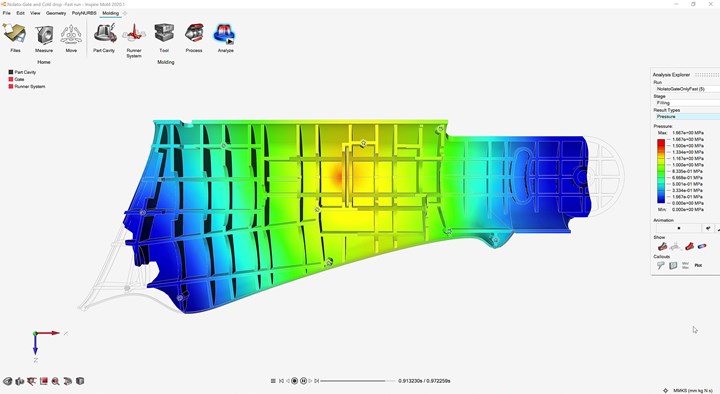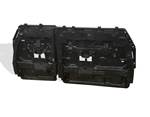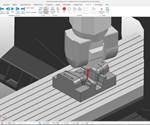Injection Molding Simulation Platform Launches
Altair says its Inspire Mold program provides a simulation-driven approach for injection molding design for manufacturing (DFM).
Altair (Troy, Mich.), a supplier of data analytics, simulation and high-performance computing, has launched Altair Inspire Mold, an end-to-end program for simulating injection molding. The company says the platform can determine the manufacturability of new components at the beginning of the development process, determining the risk of defects such as warping, sink marks and short shots before any investment of time or money in a mold.
The company says there are no requirements for specialized, GPU-computing hardware to run Altair Inspire Mold. James Dagg, chief technical officer, Altair, told Plastics Technology that any modern laptop using Windows can run Inspire Mold, and that NVIDIA graphics cards are recommended. A minimum of 16GB RAM is required with 32GB suggested. Dagg said users lease the product with simulation run locally at this time. In 2021, Dagg said Altair will enable the simulations to run seamlessly on the cloud via Altair One or on Linux HPC servers.
Users can run virtual testing, with Inspire Mold, including structural simulations of the part as designed, as well as the injection molding process. The program uses the nominal material properties of the selected plastic for the structural simulations. Dagg said Inspire Mold does not use the results of the molding simulation to determine the as-molded material properties at this time.
Users can validate, correct and optimize molding designs in a five-step workflow. Those steps include importing a part’s CAD design or designing within Inspire; defining the gating system using smart parametric gate builders; designating mold components if imported from CAD or building your own; defining the injection molding process parameters; and running the analysis and viewing the results.
Utilizing 3D technology, Altair Inspire Mold eliminates experimental approximations of traditional 2.5D solvers. Simulations that can run include: filling, packing, cooling, and warpage, as well as a complete simulation that combines all of those. In addition, users can look at cooling and warpage; filling, packing and warpage; transient mold cooling, fiber orientation, semi-crystalline polymers and simulation of hot runner systems.
Data for 60 materials is embedded in Inspire Mold, and the Altair Material Data Center (MDC) will also be integrated “soon”, according to the company, allowing MDC license holders direct access to material data. Inspire Mold joins Altair’s existing Inspire manufacturing simulation offerings including programs for casting, forming, mold-filling, extrusion and additive manufacturing.

Inspire Mold’s five-step workflow enables users to perform virtual testing, validation, correction and optimization of molding designs.
Related Content
-
How to Achieve Simulation Success, Part 2: Material Characterization
Depending on whether or not your chosen material is in the simulation database — and sometimes even if it is — analysts will have some important choices to make and factors to be aware of. Learn them here.
-
How to Achieve Simulation Success, Part 1: Model Accuracy and Mesh Decisions
Molding simulation software is a powerful tool, but what you get out of it depends very much on your initial inputs. Follow these tips to create the most successful simulation possible.








